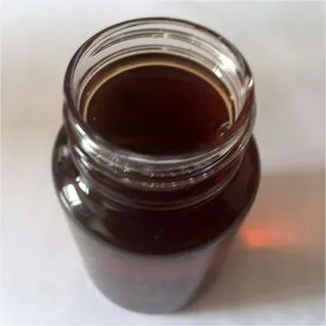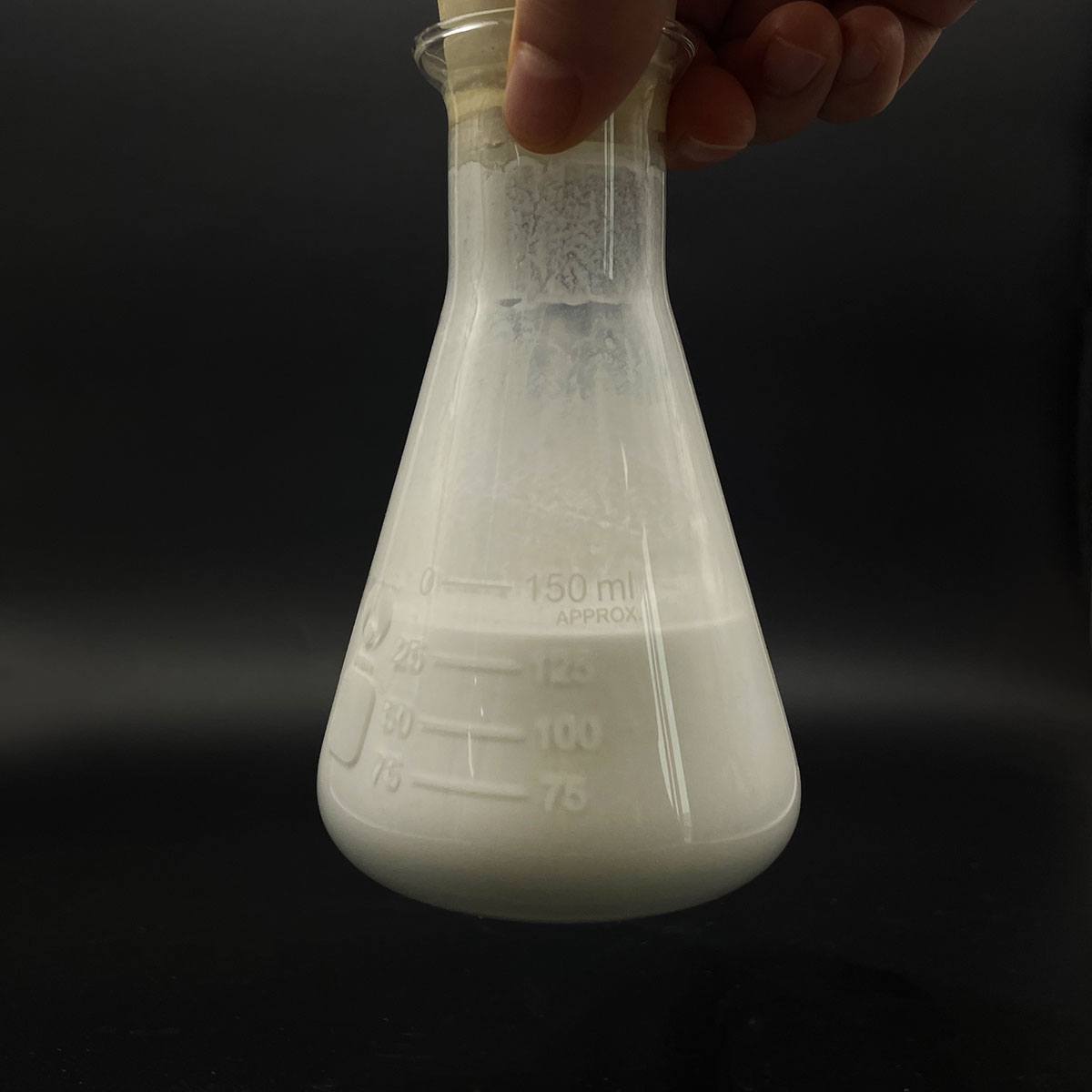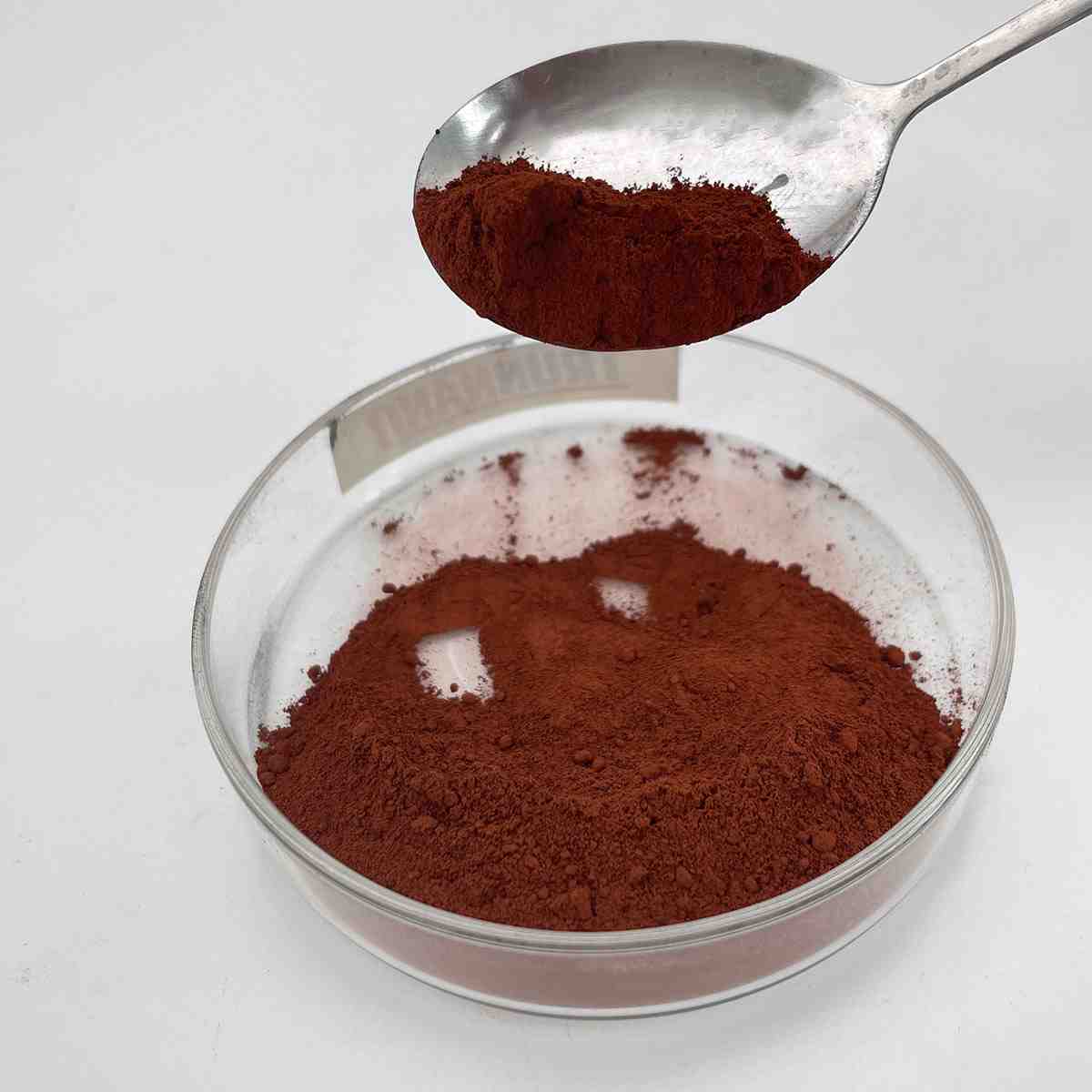Overview of CAS 160875-66-1 Nonionic Surfactant (Ethoxylated isodecanol) Nonionic Surfactants
Nonionic surfactants are a class of surface-active agents that do not carry an electrical charge in aqueous solutions, distinguishing them from ionic surfactants like cationics and anionics. They are composed of a hydrophilic (water-loving) head group and a hydrophobic (oil-loving) tail, which allows them to reduce surface tension between fluids and facilitate interactions between substances that are normally immiscible. Their neutrality makes them stable over a wide pH range and compatible with other types of surfactants, making them highly versatile in numerous applications.
Features of CAS 160875-66-1 Nonionic Surfactant (Ethoxylated isodecanol) Nonionic Surfactants
-
Neutral Charge: Lack of charge leads to compatibility with both anionic and cationic substances, reducing the risk of precipitation or instability in formulations.
-
Wide pH Stability: Function effectively across a broad pH range, making them suitable for diverse chemical environments.
-
Solubility: Readily soluble in both water and organic solvents, enhancing their utility in cleaning, emulsification, and dispersion processes.
-
Low Foam Profile: Many nonionic surfactants generate less foam compared to their ionic counterparts, beneficial in applications where excessive foam is undesirable.
-
Wetting and Spreading: Excellent at reducing surface tension, promoting wetting and spreading of liquids on surfaces, improving cleaning and coating processes.
-
Emulsification: Efficiently stabilize oil-in-water or water-in-oil emulsions, depending on their structure, which is crucial in formulations like cosmetics, agrochemicals, and food products.

(CAS 160875-66-1 Nonionic Surfactant (Ethoxylated isodecanol) Nonionic Surfactants)
Specification of CAS 160875-66-1 Nonionic Surfactant (Ethoxylated isodecanol) Nonionic Surfactants
CAS 160875-66-1 nonionic surfactant (ethoxylated isodecanol) is a high-performance surfactant designed for industrial and commercial applications. The product is a clear liquid with a pale yellow or colorless appearance. It dissolves easily in water and most organic solvents. Its chemical structure combines isodecanol with ethylene oxide units, creating a balanced hydrophilic-lipophilic (HLB) value. The HLB range typically falls between 12 and 14, making it suitable for emulsification, wetting, and dispersion tasks.
The surfactant maintains stability across a wide pH range. It performs reliably in acidic and alkaline environments. It resisits hydrolysis and retains effectiveness under high temperatures. This makes it ideal for formulations exposed to harsh conditions. The product is compatible with other nonionic, anionic, and cationic surfactants. It blends well in multi-component systems without losing functionality.
Primary applications include household and industrial cleaning products. It serves as a key ingredient in detergents, degreasers, and hard surface cleaners. The surfactant lowers surface tension efficiently. It enhances dirt removal and foam generation. It works effectively in hard water. It prevents redeposition of soil on fabrics or surfaces.
In agricultural formulations, it acts as an adjuvant for pesticides and herbicides. It improves spray coverage and adhesion on plant surfaces. The surfactant aids in spreading active ingredients evenly. It increases bioavailability while reducing runoff.
The product is non-irritating to skin under normal handling conditions. Safety protocols recommend using protective gloves and goggles during bulk processing. It is biodegradable. It meets environmental regulations for surfactant discharge. Storage requires a cool, dry place away from direct sunlight. Exposure to extreme heat or moisture should be avoided to maintain product integrity.
Packaging options include 200-liter drums, 1000-liter intermediate bulk containers (IBCs), and custom sizes. Minimum order quantities apply for bulk purchases. Technical data sheets and material safety information are available on request. Global shipping options cover air, sea, and land freight. Lead times vary by region and order volume.

(CAS 160875-66-1 Nonionic Surfactant (Ethoxylated isodecanol) Nonionic Surfactants)
Applications of CAS 160875-66-1 Nonionic Surfactant (Ethoxylated isodecanol) Nonionic Surfactants
CAS 160875-66-1 nonionic surfactant (ethoxylated isodecanol) works well in many industrial and household products. This surfactant mixes oil and water effectively. It stabilizes mixtures without forming ions in water. This makes it useful in different situations where compatibility matters.
Cleaning products often use ethoxylated isodecanol. It helps remove grease and dirt from surfaces. Dishwashing liquids and laundry detergents rely on it. The surfactant breaks down oily stains quickly. It works in both high and low temperatures. This flexibility improves cleaning performance.
Personal care items like shampoos and body washes include this surfactant. It creates a smooth lather without irritating skin. The mild nature suits sensitive skin types. It also helps mix fragrances and oils evenly in lotions. This ensures consistent texture in beauty products.
Agricultural chemicals use ethoxylated isodecanol as a wetting agent. Pesticides and herbicides spread better on plant surfaces. The surfactant helps chemicals stick to leaves longer. This increases effectiveness while reducing waste. Farmers get better results with smaller amounts.
Textile manufacturing benefits from this surfactant. It helps dyes penetrate fabrics evenly. Colors stay bright after washing. The surfactant prevents clumping in dye baths. Fabric softeners also use it to reduce static. Clothes feel smoother and look fresher.
Paints and coatings rely on ethoxylated isodecanol for even pigment distribution. It stops separation in storage. The final finish appears uniform and resists peeling. Industrial paints perform better under harsh conditions.
Oil recovery processes use this surfactant to improve efficiency. It reduces surface tension in drilling fluids. Oil separates more easily from rock formations. This lowers energy use and costs.
Ethoxylated isodecanol is biodegradable. It breaks down safely in the environment. Manufacturers choose it for eco-friendly product lines. Regulations on harmful chemicals make it a practical alternative.
The surfactant blends well with other ionic and nonionic agents. Formulators adjust mixtures for specific needs. This adaptability supports custom solutions across industries.
Safety tests show low toxicity for humans and animals. Proper handling minimizes risks during production. Workers follow standard safety protocols. Storage requires no special conditions.
Cost-effectiveness makes ethoxylated isodecanol popular. Bulk purchasing lowers expenses for large-scale operations. Performance consistency ensures reliable results over time.
Company Profile
SurfactantChina is a trusted global chemical material supplier & manufacturer with over 12-year-experience in providing super high-quality surfactant and relative products.
The company has a professional technical department and Quality Supervision Department, a well-equipped laboratory, and equipped with advanced testing equipment and after-sales customer service center.
If you are looking for high-quality surfactant and relative products, please feel free to contact us or click on the needed products to send an inquiry.
Payment Methods
L/C, T/T, Western Union, Paypal, Credit Card etc.
Shipment
It could be shipped by sea, by air, or by reveal ASAP as soon as repayment receipt.
5 FAQs of CAS 160875-66-1 Nonionic Surfactant (Ethoxylated isodecanol) Nonionic Surfactants
What is CAS 160875-66-1 Nonionic Surfactant (Ethoxylated isodecanol)?
This surfactant is a chemical made by mixing ethylene oxide with isodecanol. It works by lowering surface tension between liquids or a liquid and solid. It is common in products needing mixing of oil and water, like detergents or shampoos. The CAS number identifies this exact chemical structure.
Where is this surfactant typically used?
It is used in household cleaners, personal care items, and industrial processes. Examples include laundry detergents, dishwashing liquids, and hair care products. In industries, it helps in textile processing or agricultural chemicals. Its ability to mix different substances makes it flexible for many uses.
What benefits does Ethoxylated isodecanol offer compared to other surfactants?
It stays stable in different temperatures and pH levels. It is less likely to irritate skin, making it safer for personal care products. It mixes well with other surfactants, improving product performance. It also creates good foam and cleans effectively without leaving residue.
Is this surfactant safe to handle?
Follow standard safety steps when using it. Wear gloves and eye protection. Avoid breathing in dust or mist. It is generally safe when used correctly, but check safety guidelines for specific cases. Store it away from food or drink. Proper ventilation is important in workspaces.
How should this surfactant be stored?
Keep it in a cool, dry place away from direct sunlight. Use sealed containers to prevent moisture or contamination. Do not expose it to extreme heat. Check the container for leaks or damage regularly. Follow storage instructions on the product label for best results.

(CAS 160875-66-1 Nonionic Surfactant (Ethoxylated isodecanol) Nonionic Surfactants)






